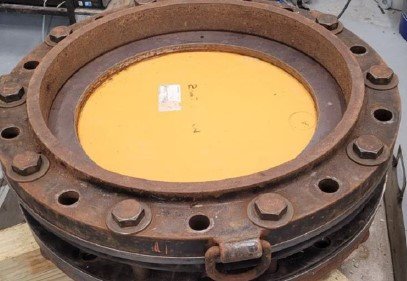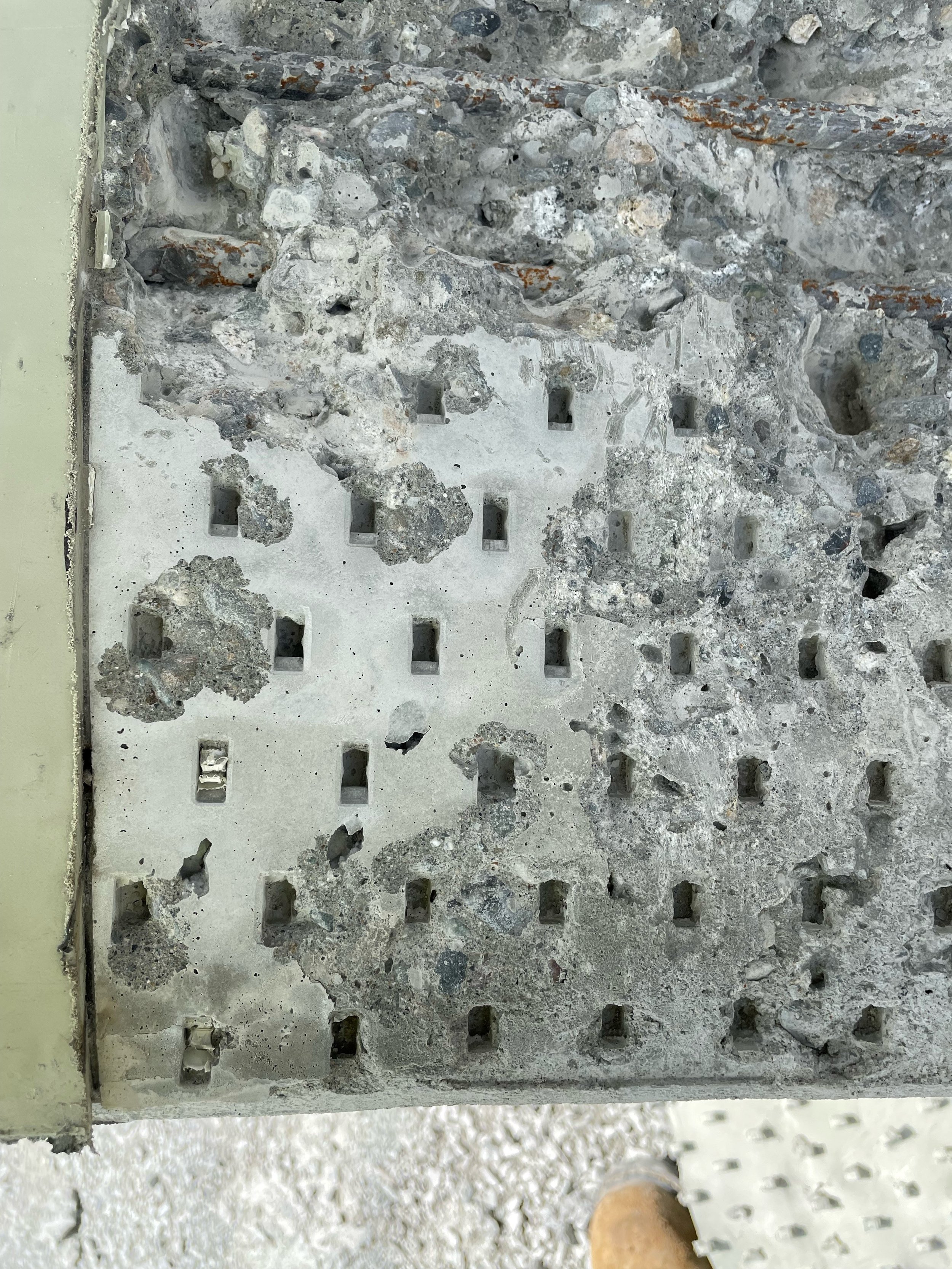Hydrostatic Pressure Ratings - Concrete Protective Liner
Concrete protective liners (CPL) are essential for safeguarding structures against various environmental and chemical threats. One critical aspect of these liners is their ability to withstand hydrostatic pressure, which is the force exerted by a fluid at equilibrium due to gravity. Ensuring that a CPL can handle the appropriate level of hydrostatic pressure is crucial for the longevity and safety of the structure it protects.
Why Hydrostatic Pressure Ratings Matter
Hydrostatic pressure ratings indicate a liner's ability to resist water pressure from the surrounding environment. This is particularly important in applications where structures are exposed to groundwater, chemical solutions, or other liquids. A liner with a high hydrostatic pressure rating ensures that the protective barrier remains intact and functional, preventing leaks, seepage, and potential structural damage.
Key Tests for Hydrostatic Pressure Ratings
To determine the hydrostatic pressure resistance of concrete protective liners, several standardized tests are employed. Two of the most prominent testing standards are those developed by ASTM International and the SKZ (Süddeutsches Kunststoff-Zentrum).
ASTM Testing Standards
ASTM International, formerly known as the American Society for Testing and Materials, provides a range of standards for testing materials, including concrete protective liners. The key ASTM test for hydrostatic pressure resistance is:
ASTM D7853: This is a specialized test method used to evaluate the hydraulic pullout resistance of geomembranes, such as concrete protective liners (CPL), that have locking extensions embedded in concrete. This standard is critical for assessing how well these liners can withstand hydraulic forces, ensuring they remain securely anchored in concrete under various pressures.
This provides reliable data on the maximum pressure a liner can withstand, ensuring that only materials meeting stringent criteria are used in protective applications.
SKZ Testing Standards
The SKZ (Süddeutsches Kunststoff-Zentrum) is a leading plastics testing and certification organization based in Germany. SKZ standards are widely recognized in Europe and beyond for their rigorous testing methodologies. Key SKZ tests for hydrostatic pressure resistance include:
SKZ HR 3.1: This test standard assesses the hydrostatic pressure resistance of geomembranes and liners. It involves subjecting the liner to gradually increasing water pressure while monitoring for signs of leakage or failure.
SKZ HR 3.2: Similar to HR 3.1, this test focuses on the durability and long-term performance of liners under sustained hydrostatic pressure, providing a comprehensive understanding of the material's reliability.
Both ASTM and SKZ tests are essential for ensuring that concrete protective liners meet high-performance standards, offering reliable protection in various environmental conditions.
What Can Go Wrong?
Ensuring that concrete protective liners (CPL) have the correct hydrostatic pressure rating is critical for their performance and the overall integrity of the structures they protect. Here’s what can go wrong if hydrostatic pressure rating tests like ASTM D7853 are not conducted properly, if wrong materials are used, or if installation is done improperly:
Structural Failures
Leakage and Seepage:
Insufficient Testing: The liner might not be able to withstand the expected hydrostatic pressure, leading to water or chemical seepage. This can compromise the structural integrity of the concrete, resulting in costly repairs and potential safety hazards
Concrete Degradation:
Liner Detachment: The locking extensions (anchors) may fail under pressure, causing the liner to detach from the concrete - see picture. This exposure can lead to accelerated degradation of the concrete due to moisture ingress and chemical attack
Environmental and Safety Risks
Environmental Contamination:
Containment Failure: In applications like waste containment or chemical storage, a failed liner can lead to the leakage of hazardous substances into the environment. This not only poses serious health risks but also violates environmental regulations, leading to legal and financial repercussions.
Increased Maintenance and Operational Costs:
Frequent Repairs: Failure to use liners with proven hydrostatic pressure ratings can result in frequent repairs and replacements. This not only increases maintenance costs but also disrupts operations, leading to downtime and loss of productivity.
Legal and Compliance Issues
Regulatory Non-compliance:
Failed Inspections: Using liners that have not been properly tested and certified can lead to failed inspections and regulatory non-compliance. This can result in fines, penalties, and mandated shutdowns until compliance is achieved.
Liability:
Legal Action: In the event of a containment failure leading to environmental damage or personal injury, the responsible parties could face significant legal liability. Proper testing and certification provide a defense against claims of negligence
Importance of Choosing Certified Liners and Certified Installers
Selecting liners that have undergone rigorous testing and certification according to ASTM and SKZ standards is crucial for any project. Installers should be certified by the CPL manufacturer and by IAGI. Certified liners provide:
Reliability: Ensuring that the liner can withstand specified hydrostatic pressures without failing.
Safety: Preventing leaks and structural damage that can arise from inadequate pressure resistance.
Compliance: Meeting regulatory requirements and industry standards for quality and performance.
At Engineered Containment, we prioritize the use of high-quality liners that have been tested and certified according to these rigorous standards. Our expertise and commitment to quality ensure that your project is protected with the best materials available.
Understanding hydrostatic pressure ratings and the importance of ASTM and SKZ testing is essential for selecting the right concrete protective liners for your project. At Engineered Containment, we ensure that all our liners meet these stringent standards, providing you with reliable and effective protection. Once compliance with these tests is determined, a review of the specific project hydrostatic requirements and material thickness can be determined. Contact us today to learn more about our products and services, and how we can help safeguard your structures against hydrostatic pressure and other environmental threats. Engineered Containment retains engineering permits to practice in multiple jurisdictions.



